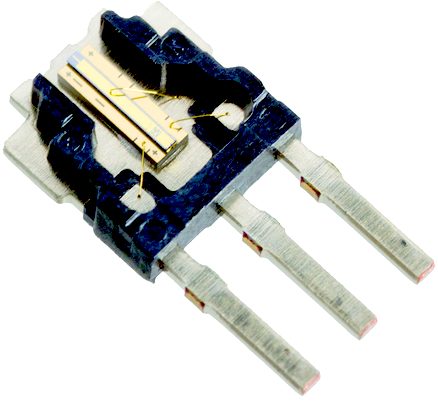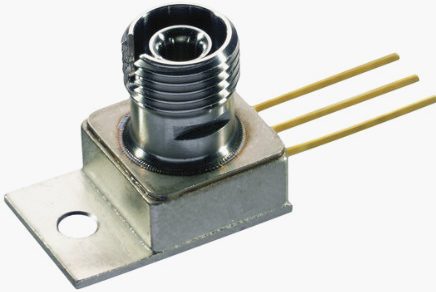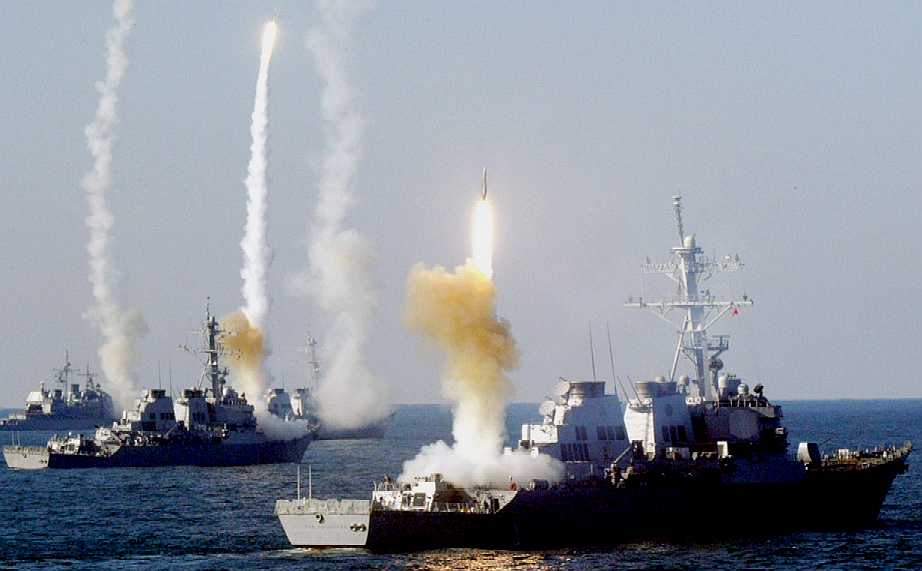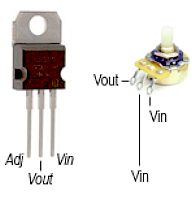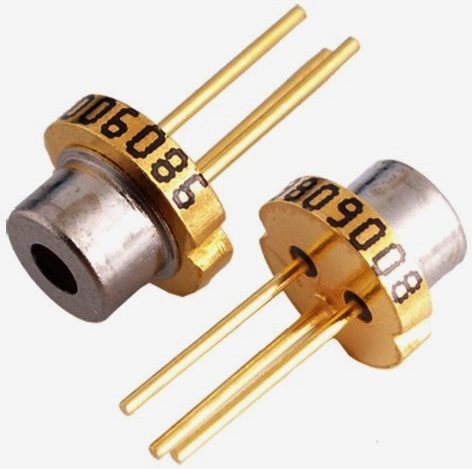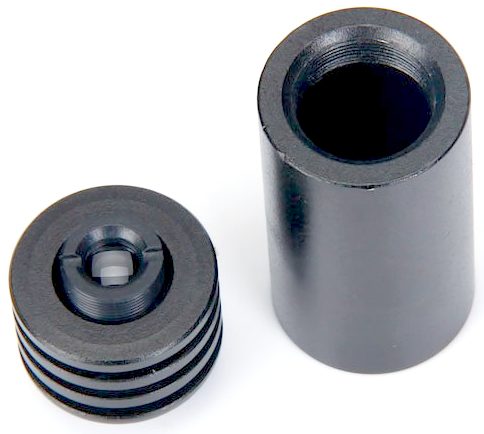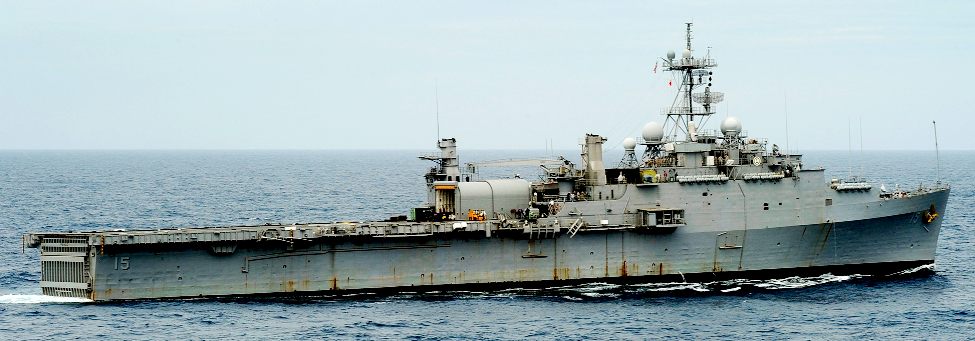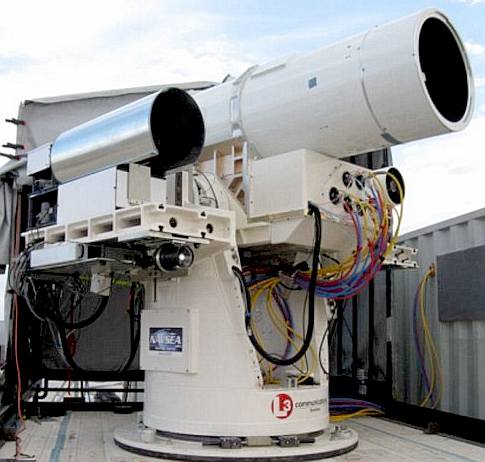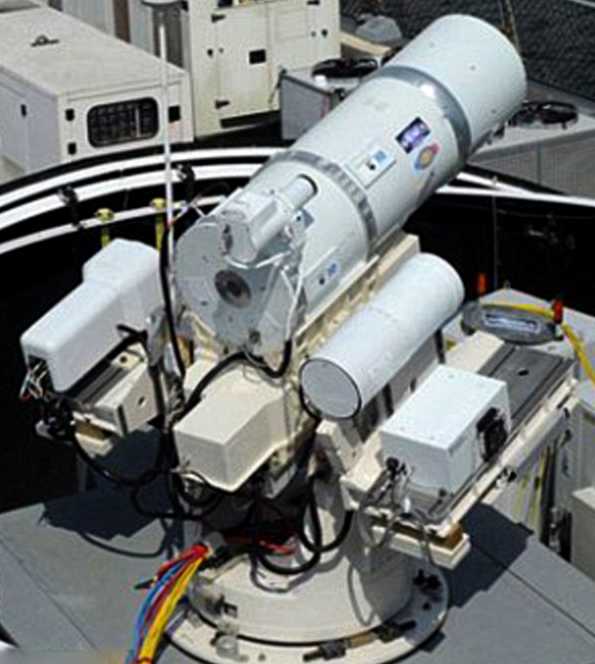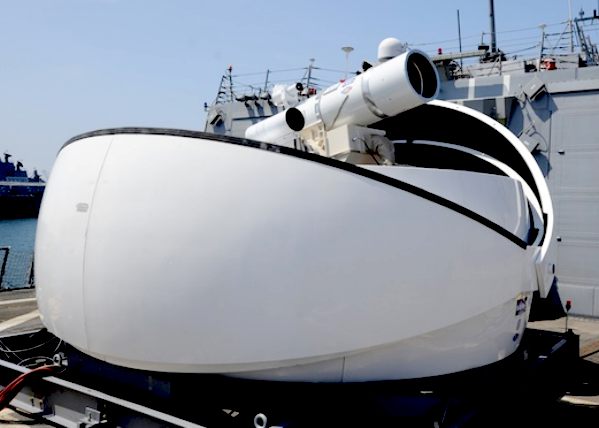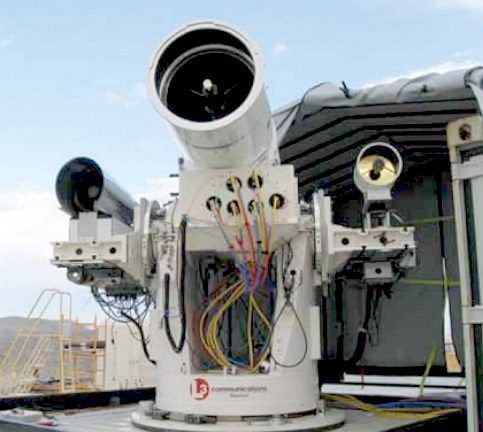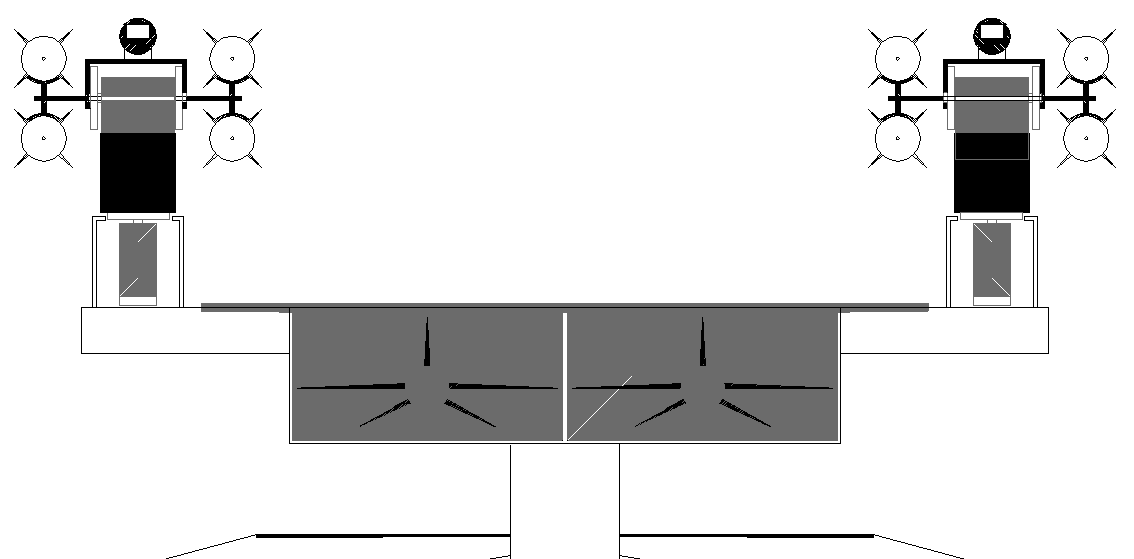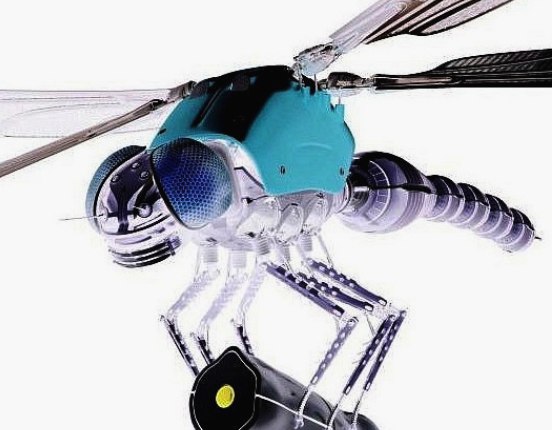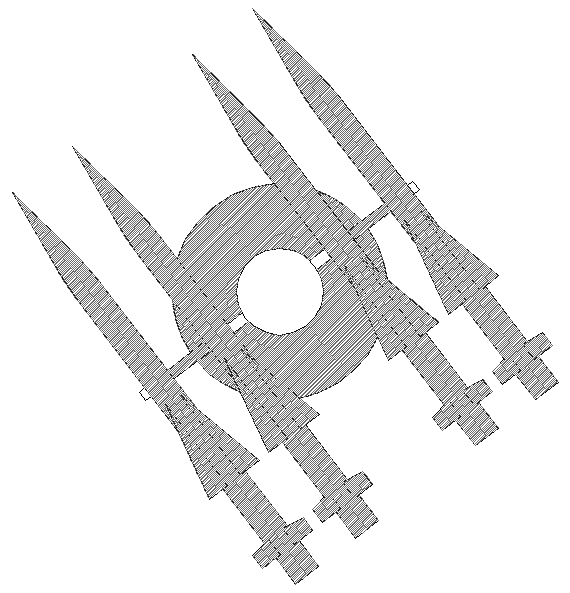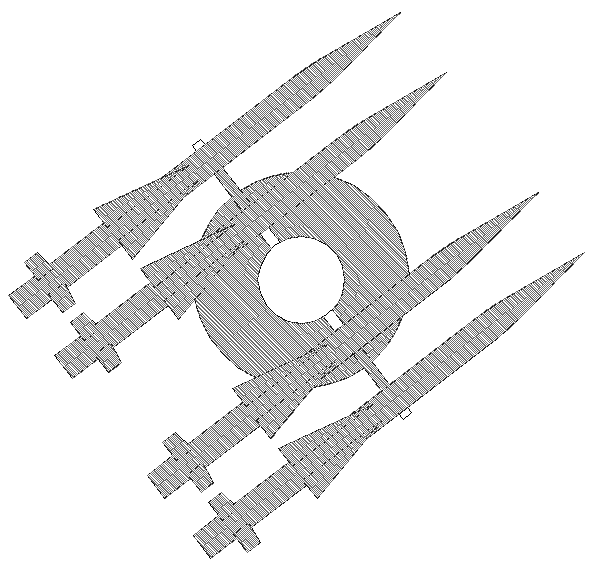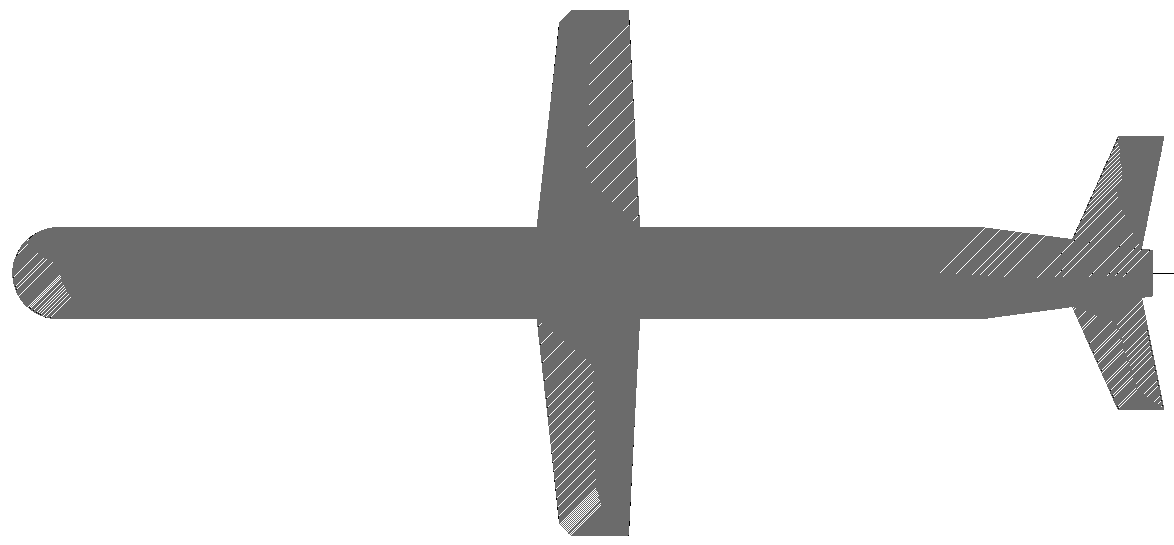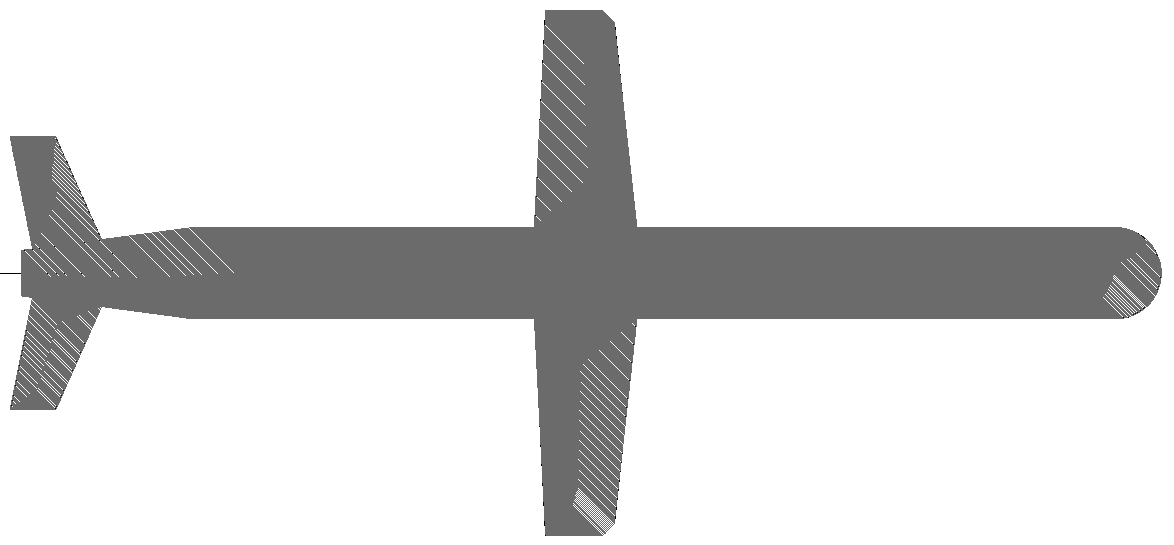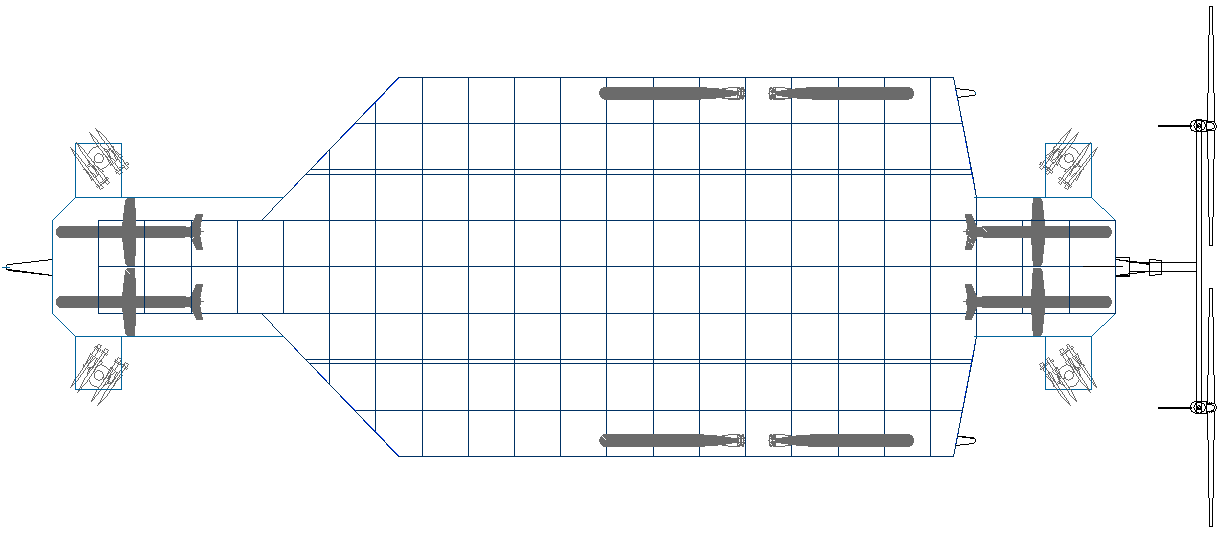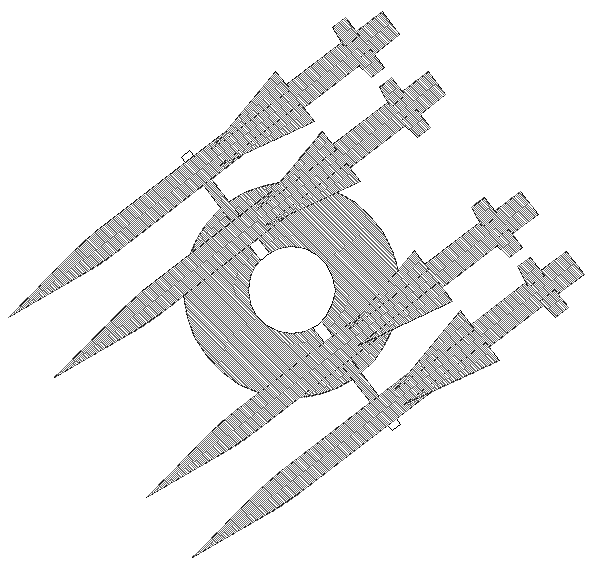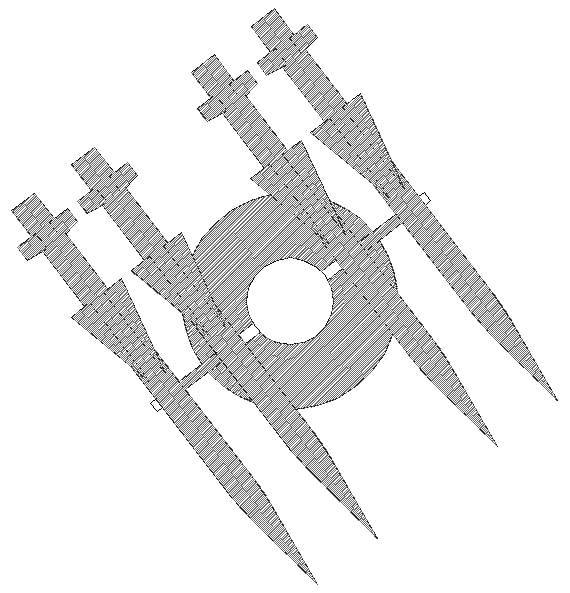|
WAR GAMING - LASER CANNON TARGETING 1/20th scale
|
||||||||||||||||||||||||||||||
|
LEFT: Panasonic 380mW laser diode. RIGHT: Osram's 2000mW burning laser diode, which unfortunately also carries a singeing price tag on nearly £400. Two watts is more than enough for wargaming - but not at that price.
Once we have a a complete pan and tilt turret for the model SAM missiles, we might now want to add a camera and laser sighting. While we are at it, we might experiment with lasers that are powerful enough to burn through plastic and set fire to wood, etc. This is wargaming after all and we might as well learn about the possibilities for the full size drone. Especially since the US Navy are now fairly advanced with their shipboard laser development program.
The camera is so that we can see what is going on remotely. It needs to be good enough to be able to see the laser light hit a target, so that we know when to fire the a SAM. At the moment we'll keep this as manual control in drone mode, rather than try to go to semi-autonomous. Though, robotic function may be used for proximity alerts for the human skipper.
You can make a very interesting (cheap) red laser that will set things on fire, from an old DVD burner. You'll also need a voltage regulator and a few other electronic bits that cost pennies.
There is little point firing a missile if you cannot aim or steer it to the target. With torpedoes audio phones could be used to home in on the noise for a model battleship's electric motors. With a SAM, we'd be talking about optical sensors of some kind. But they'd have to be cheap. Because there is no salvaging a SAM rocket once it is fired.
WARNING
- Before proceeding it is suggested that you do some reading on lasers and how
dangerous they can be. You can be blinded if you do not work safely. Never
look into any laser beam. Do not shine a laser at any moving vehicle. Do not use
a laser to play with pets. This information is posted here as an educational resource
for serious wargamers and naval battle simulators.
There are several reasons for building a
burning laser
in the way suggested, if you want to keep your model working well for more
that just a couple of weeks. Apart from longevity, lasers will be more
powerful if operated correctly. The main reason for building this circuit is to regulate voltage and current.
Simple though it may be to connect a diode to a set of AA batteries, you must realize that
in doing so you are feeding the diode too much current. It is not protected from other dangers such as voltage spikes.
A driver circuit will take care of that.
Note that the Adj pin on the LM317T regulator does not connect to the Vout and Vin pins. Otherwise, the wires connect where shown. The parts you use may not be identical to those shown here. If not be sure to check suitability.
Alternative driver circuit diagram without a potentiometer and a 4 ohm resistor
Osram's 75w (peak) laser diode. Sounds powerful, but for such short duration bursts, this unit is only really suitable for surveying or other ranging applications. We know what you are thinking; heat sink the little rascal to the eyeballs - and maybe add cryogenic cooling. It won't be long before 75 watts is available for burning at sensible prices. Lasers of between 2 and 4kW are commercially available for cutting metal that are not that cumbersome. See the Youtube video below.
LIST OF PARTS
*
Hot glue or other glue
* An LM317T regulator (really cheap) * An On-Off
switch or push-button as a main switch for the
circuit
Don't mess up a perfectly good DVD burner when you can purchase these generic 330mW laser diodes for around £3-4. The housing on the right is another £3. With these prices you may as well begin experimenting with components that you can repeat buy. An economic solution for wargame simulations might be to strap 7 of these little beauties together for a 2.3w output at a cost of £42 pounds, all focused at one point.
THE MIRROR NOVEMBER 2014
China has said that it has developed a laser cannon that's been designed specifically to shoot down low-flying drones.
USS PONCE - LPD-15
Ponce is the only ship of the United States Navy that is named for Ponce in the Commonwealth of Puerto Rico, which in turn was named after the Spanish explorer Juan Ponce de León, the first governor of Puerto Rico and European discoverer of Florida. Her keel was laid down on 31 October 1966 by the Lockheed Shipbuilding and Construction Company of Seattle, Washington. She was launched on 20 May 1970 sponsored by Florence W. Hyland, the wife of Admiral John J. Hyland, and commissioned on 10 July 1971.
MSC issued requests for proposal to upgrade and refit the ship. The work included upgrading the ship’s navigation systems, bringing habitability up to MSC standards and general refurbishment. The Ponce was designated as AFSB(I)-15 ("I" for the interim nature of the ship in this role, until purpose-built vessels come on line in 2015); the Ponce will be replaced in the AFSB role by the USNS Lewis B. Puller (T-MLP-3/T-AFSB-1). The ship is now in the Persian Gulf to serve as the Pentagon's first floating staging base for military operations or humanitarian assistance.
LASER WEAPON TESTBED
US Navy's $40 million dollar laser cannon is seen here mounted on the deck of the USS Ponce in the Persian Gulf. This is a 30kW system that has passed the testing phase and can knock out incoming threats. Admiral Matthew Klunder, the US Chief of Naval Research is quoted as saying: "We're not testing anymore - it's working... If we have to defend that ship today, we will [use the laser] to destroy a threat that comes." This cannon is made up of 6 x 5kW solid state commercial welding lasers, all focused onto one point.
The Laser Weapon System (LaWS) prototype has been affixed to the bow of the amphibious transport ship, since August. Its 30kW beam, is multi-functional, equally capable of dazzling approaching ships and burning UAVs clean out of the sky. It only costs about a dollar a shot according to John Miller, the 5th Fleet commander, as per an e-mail statement to Bloomberg on the 14th of November 2014. The LaWS is expected to remain aboard the USS Ponce for the next year or so, not so much to counter Iran's continued saber rattling regarding the Straight of Hormuz, but to field test the new technology and ensure that it can actually handle the rigors of life aboard a naval vessel.
Should the LaWS pass this upcoming sea trial, the data generated from the test will be utilized by the likes of BAE Systems, Northrop Grumman, and Raytheon to build an even bigger, more powerful class of lasers that should set sail by 2021. And combined with the recent advancements of the terrestrial HEL MD, which is already up to 50kW, we're closer than ever to having GI Joe-style laser battles. The UK currently does not have such a development program for the Royal Navy, making the US and China the world leaders. That puts BMS in 3rd place and in the lead in the UK with just 2.4w for each of four laser weapons on the drone carrier testbed to be launched in 2015, giving just under 10 watts of firepower. We wonder if the Admiralty will seek to take the UK lead and if so when and how?
It just so happens that the LaWS’ ability to track and kill surveillance
drones and swarming fast boats matches with Iran’s development of surveillance drones and swarming fast-boat tactics.
The Ponce spent most of 2014 deployed in Iran’s backyard. Neither Klunder nor
Rear Admiral Thomas Eccles will come out and say it exactly, but the maiden deployment of the LaWS has immediate implications for the U.S.’ ongoing sub rosa conflict with the Iranians — and provides a new weapon for the Navy at a time when it’s had to scale back its aircraft carrier presence off of Iran’s shores.
The Ponce was reported to become a testbed platform for the Laser Weapon System (LaWS), with installation of a prototype weapon system to be completed "sometime after October 2013". The weapon system is said to be effective against drones and small watercraft. The LaWS was deployed on the Ponce to the Persian Gulf in late August 2014. On December 9, 2014, the U.S. Navy released video footage of the LaWS in operation.
DARPA - SEPTEMBER 2014, CNET
We don't have X-wing fighters just yet, but we may soon have their laser weapons.
DARPA is working on a system that's downright Lucasian.
For the 1/20th development model, which now looks like this (directly above), there is a revised turret design with clearance to house the Acoms AS17 servos and swing the larger rockets towards the sky and rotate them 360 degrees without fouling. On top of this development, it makes sense to add lasers and cameras for remote vision and targeting.
BLUEFISH DEVELOPMENT PROJECT INDEX A-Z
SEANET™ DRONE LAYOUT - A hammerhead Scorpion HK destroyer is shown here fitted with 4 x SAM turrets (one per quadrant with independent targeting), for 360 degree multiple cover. Each SAM turret carries 8 missiles (Rapier example), giving a battery of 32 rockets to fend off enemy aircraft. This micro battleship is also shown here with 4 Tomahawk cruise missiles in protected bays, fore and aft, and 4 x 21" MK48 torpedoes in the outriggers - all drawn to scale - as a prelude to proof of concept. The torpedoes and cruise missiles would not be visible, but we've shown them in x-ray. The OAL of this clever design in 1/20th scale is 2.64m or 8 feet 7 inches. This original concept vessel is design copyright © BMS Ltd 2014.
LINKS & REFERENCE
Dutchsinse 2013-video-us-navy-directed-energy-weapon-system-laws-laser-cannon Dvice archives 2012 navy_predicts_laser cannon reality Gadgety News US Navy is equipped with laser cannon in persian gulf The Week Watch-the-us-navy-shoots-down-a-drone-with-a-laser-cannon Wired 2013 laser-warfare-system I wonder how to making electromagnetic weapons semiconductor lasers Cnet news DARPA is testing planes with a star wars style laser cannon Mirror Chinas laser cannon shoot down Instructables DIY Laser burner tutorial http://www.cnet.com/uk/news/darpa-is-testing-planes-with-a-star-wars-style-laser-cannon/ http://www.mirror.co.uk/news/technology-science/technology/chinas-laser-cannon-shoot-down-4560710 http://www.instructables.com/id/DIY-Laser-burner-tutorial/ http://en.wikipedia.org/wiki/USS_Ponce_%28LPD-15%29 http://dutchsinse.com/6112013-video-us-navy-directed-energy-weapon-system-laws-laser-cannon/ http://www.dvice.com/archives/2012/03/navy_predicts_l.php http://gadgetynews.com/us-navy-is-equipped-with-laser-cannon-in-persian-gulf/ http://theweek.com/article/index/242454/watch-the-us-navy-shoots-down-a-drone-with-a-laser-cannon http://www.wired.com/2013/04/laser-warfare-system/ http://www.navy.mil/
|
||||||||||||||||||||||||||||||
|
This website is Copyright © 2014 Bluebird Marine Systems Ltd. The names Bluebird™, Bluefish™, SeaNet™, SeaWolf™ and the blue bird and fish in flight logos are trademarks. CONTACTS The color blue is a protected feature of the trademarks.
|
||||||||||||||||||||||||||||||
